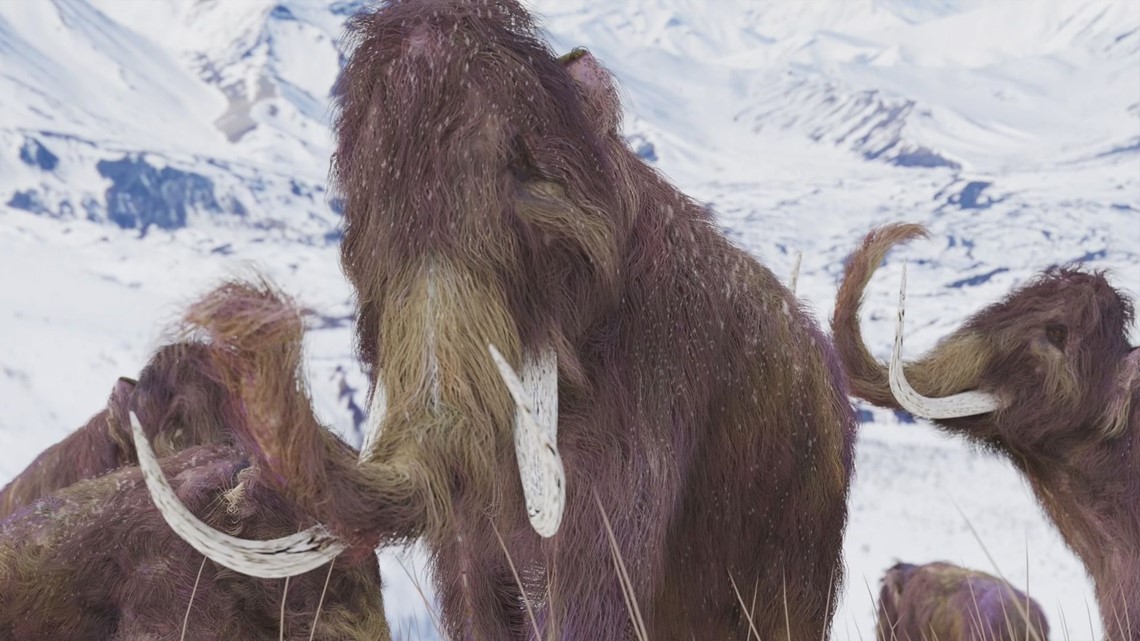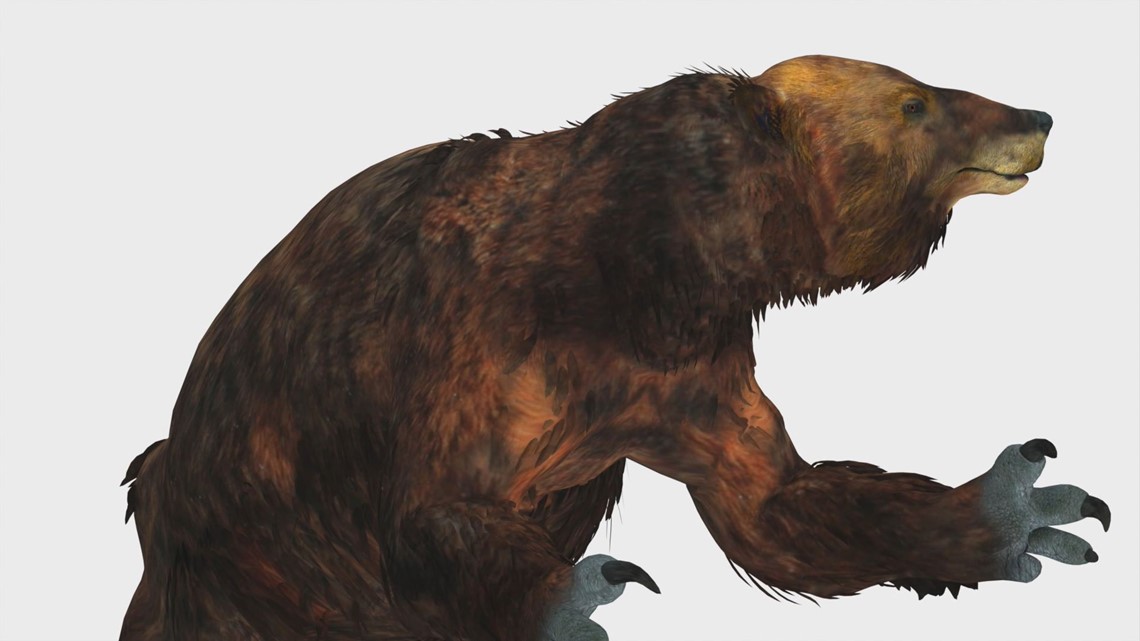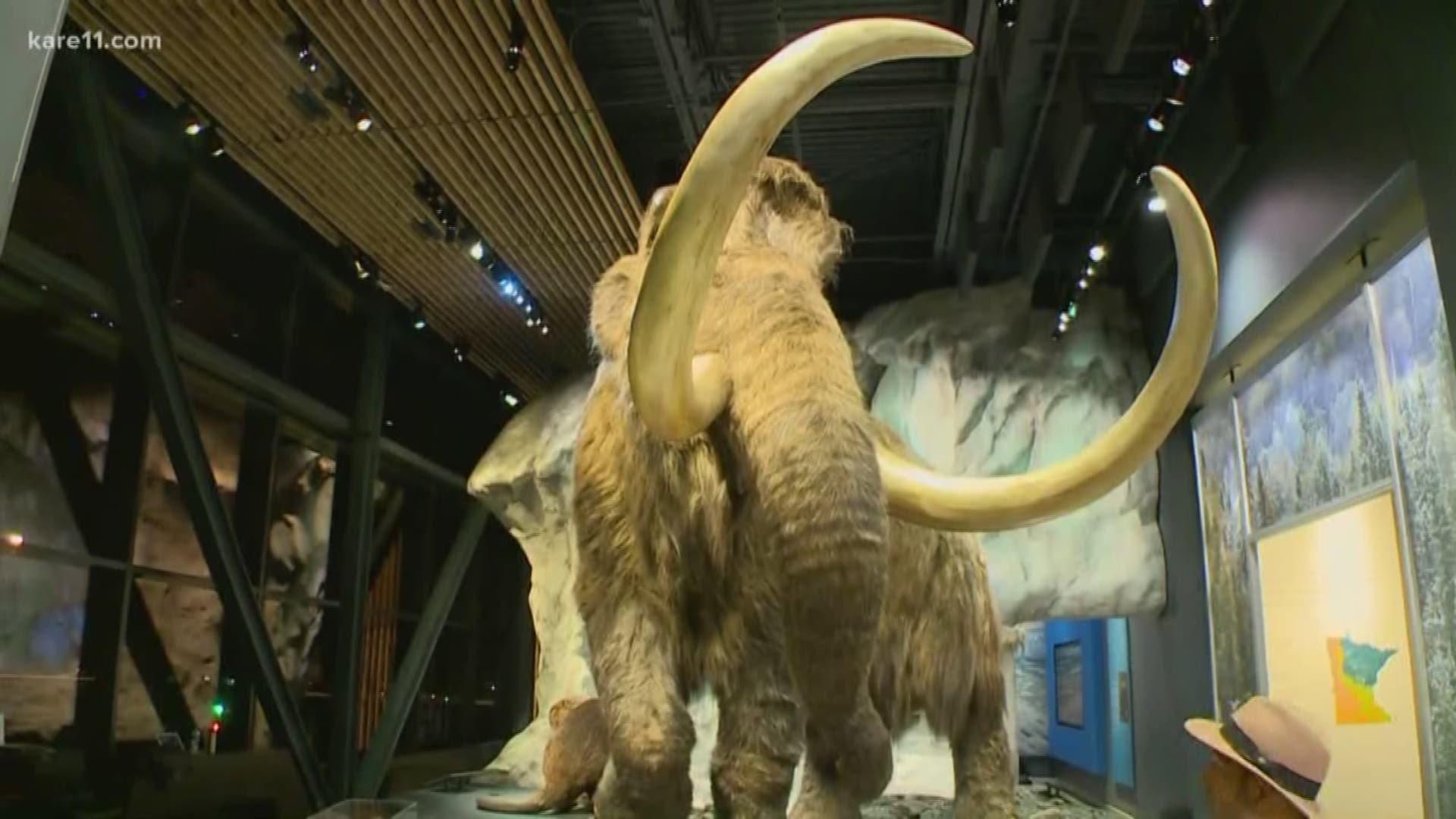ST. PAUL, Minn. - Thousands of years ago, woolly mammoths walked the Earth. But now, the only places extinct creatures can be seen are places like the brand new Bell Museum in St. Paul.
KARE 11 Sunrise's Sven Sundgaard visited the Bell Museum in St. Paul to teach about mass extinction.
Sven was not alone - besides a few big, furry friends, he brought some students from Eden Lake Elementary who had been following his recent trip to Africa on KARE 11.
More Explore with Sven: How warming in arctic affects Minnesota's weather
A few weeks ago, Sven visited Eden Lake Elementary and asked the students a few questions:
Why are we talking about giant woolly mammoths? What caused such a massive and successful animal (along with others) to disappear just thousands of years ago? Was it climate? Was it an asteroid? Was it...us?


Dr. David Fox of the University of Missouri said its hard to avoid the conclusion that humans may have caused the woolly mammoth's extinction.
"Two main ideas are that it was associated with climate change at the end of the last ice age- basically a warming process," Fox said. "A lot of people adhere to that: the notion that the climate change was stressing out the populations of these animals and then the arrival of this novel & sophisticated predators, humans was sort of the final blow, essentially."
The answers are complex. Climate change and extinction are nothing new. Earth is always changing - Minnesota, for example, was near the equator hundreds of millions of years ago.
Some of the biggest changes in climate have been from massive volcanic eruptions that split continents.
Signs of eruptions are still visible. For instance, the rock basalt and quartz is made by air bubbles trapped in lava during the time that modern day Namibia and Argentina broke apart.
Giant creatures like the woolly mammoth lived alongside humans thousands of years ago. Other animals that existed during that time were a 9-foot sloth, a Volkswagen-sized armadillo and even a woolly rhinoceros.


Those animals lived in ice-covered landscapes. To see ice-covered landscapes now, we need to travel to the planet's Arctic or Antarctic. These places are changing rapidly, sending Earth into modern chaos.

